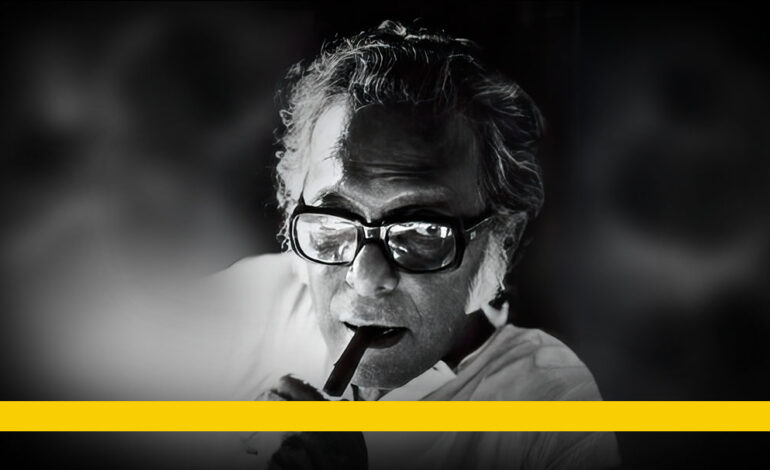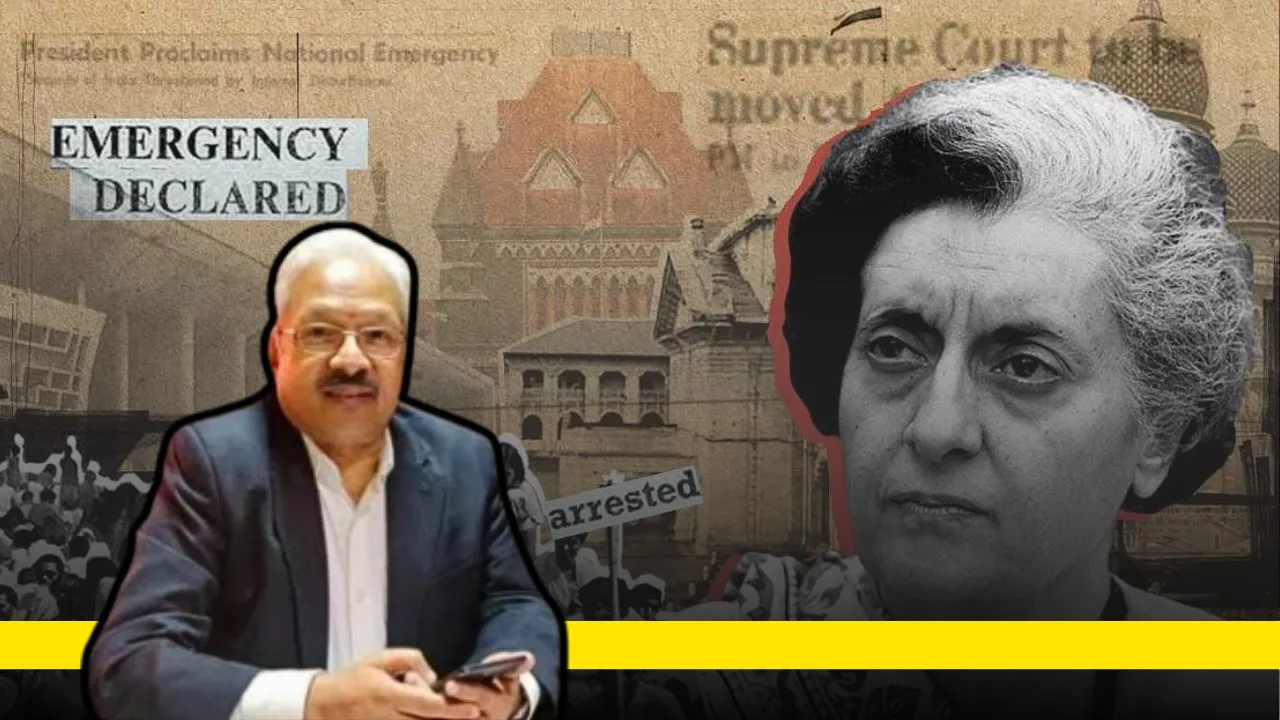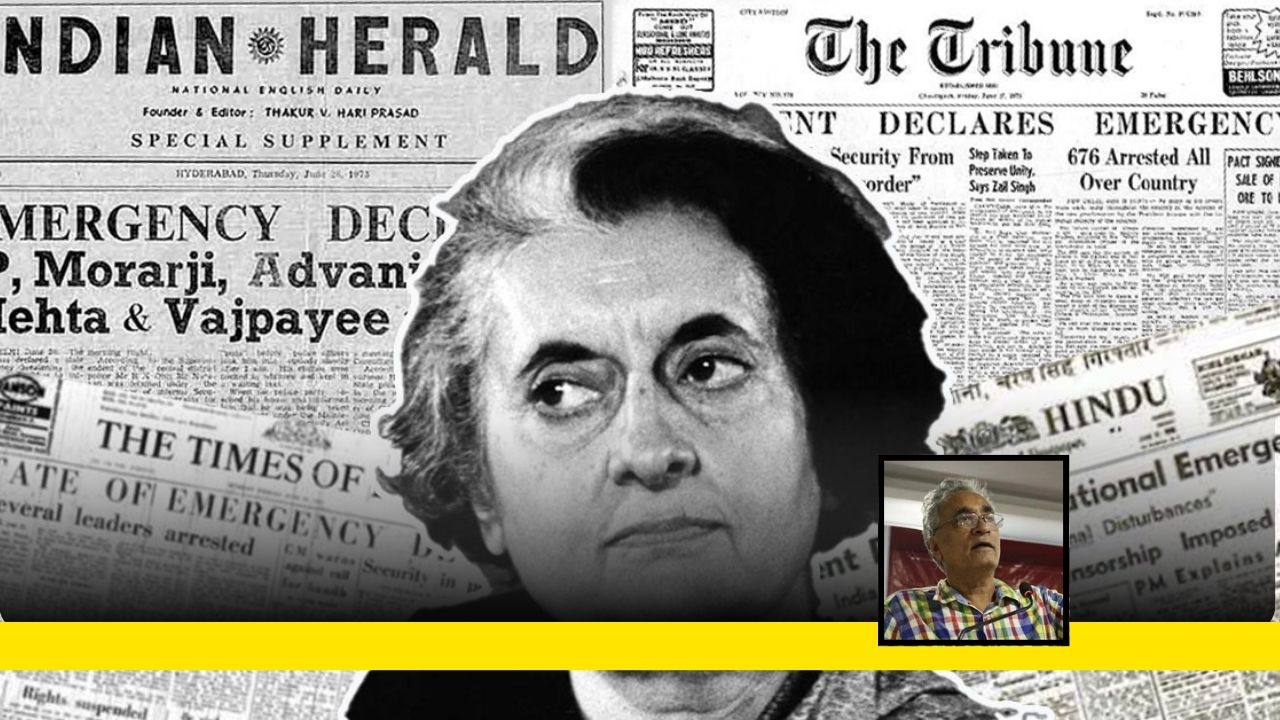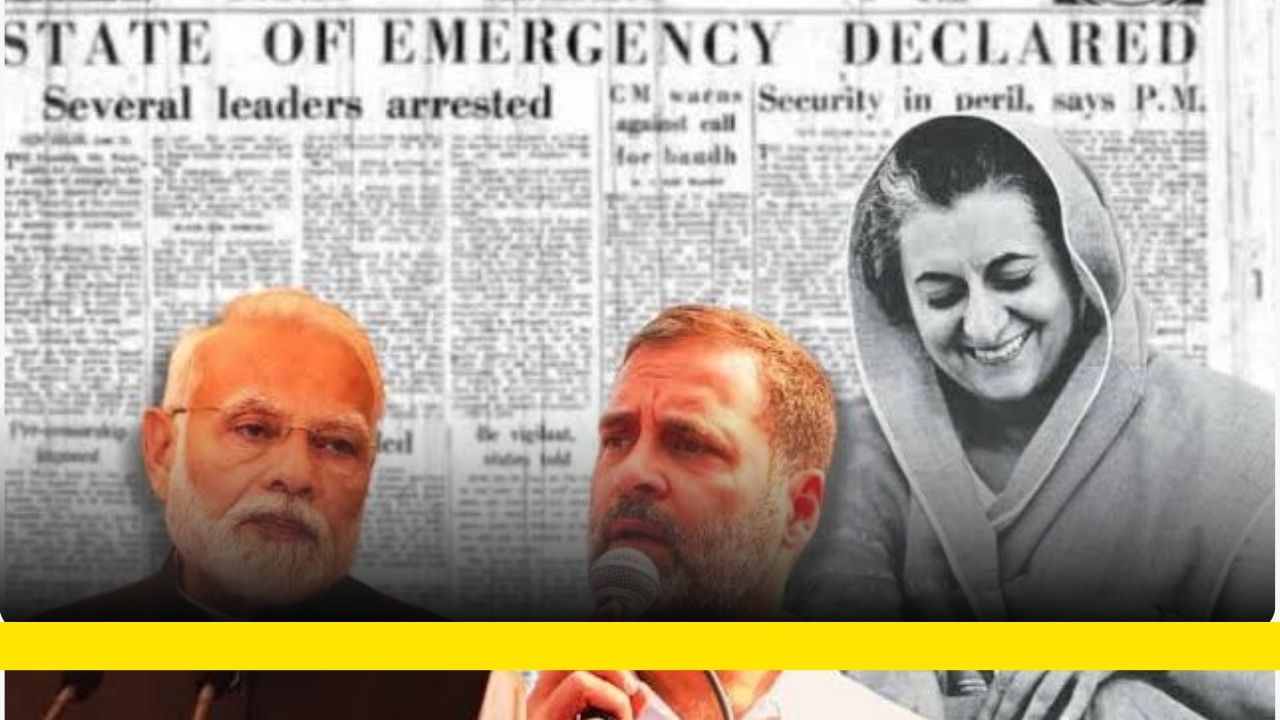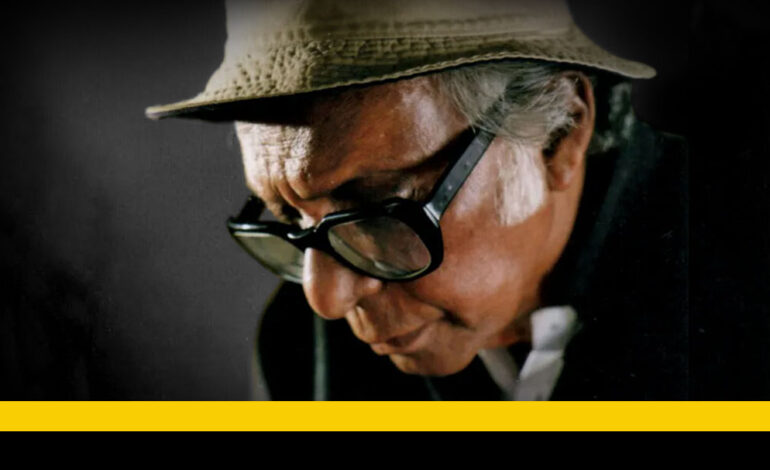
This is the third and final article in the three part series by academic and film aficionado V Vijayakumar on three masterpieces of Mrinal Sen, a towering luminary in the Indian film world. The films analysed by Vijayakumar underscore how Mrinal Sen constantly experimented with each film he took up for direction. The three films analysed here are Bhuvan Shome (1969), Akaler Sandhane (1980) and, Ek Din Achanak (1989). The first and second parts on Bhuvan Shome and Akaler Sandhane can be read here. Today Vijayakumar delineates on the cinematic, sociological and political nuances of ‘Ek Din Achanak’.
The AIDEM is presenting this series as a tribute to Mrinal Sen’s unparalleled legacy on the occasion of his birth centenary this year. Sen’s aspiration was to imbue uniqueness and inventiveness into each cinematic rendition.
Ek Din Achanak
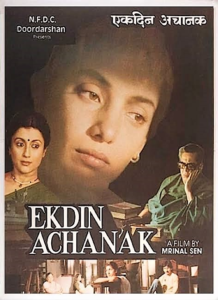
One day suddenly Professor Shashank, retired academician vanishes from the sanctuary of his abode, where he resides with his wife and children, two daughters Neeta and Seema and son Amit. As twilight graces the sky, a tempestuous symphony of thunder, lightning, and rain unfolds. Amid a lull in the downpour, he ventured outside. The rain persisted, the heavens roared with unabated vigor, lightning and rain continued without respite. However, as Neeta returned from her office, Seema from her college, and Amit from his business, their father was conspicuously absent. And he never returned.
Such is the enigmatic beginning of Mrinal Sen’s Ek Din Achanak; (One Day Suddenly), a poignant tale unveiling a perplexing vanishing act within the cocoon of a middle-class family. In the heart of middle-class homes, resides a profound sense of shame, often overshadowed by the relentless concern for societal judgments and intrusive inquiries. The disappearance of a loved one becomes more than a personal sorrow- it transforms into a dreaded display of societal indifference. Within this cocoon of constrained means, the family, grappling with their vanishing patriarch, begins to shed the vestiges of their once cherished romantic ideals. They cast aside their genuine worry, haunted by the fear of revealing their vulnerability to the world. The weight of middle-class pride begins to take hold.
Aparna, a diligent student under the professor’s mentorship, calls the house at night on the day the Professor goes missing. The family, however, concocts a lie, claiming the professor is slumbering, masking their mounting concern. Amit, sensing the need to shield his kin from unnecessary distress, plays along with the deception, inadvertently reinforcing their collective facade. As pride, both internalised and projected, weaves its intricate web, a cryptic note from the missing professor deepens the mystery. In his words, uncertainty intertwines with an unwavering resolve not to burden others with his inner turmoil.
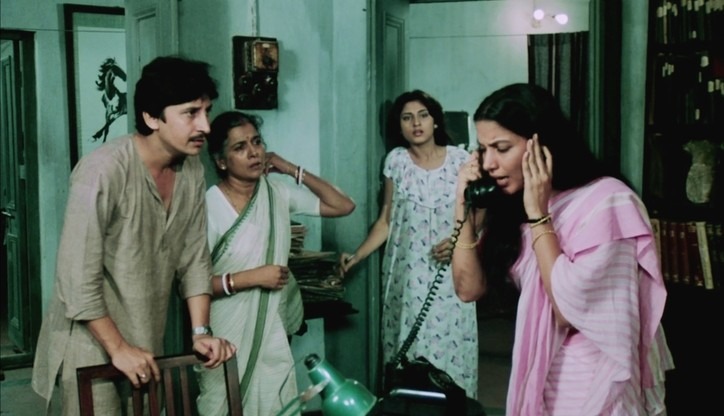
Mrinal Sen, a masterful storyteller, expertly delves into the intricate psychology and sociology of the middle-class family, unravelling the delicate dance between pride and vulnerability. Amit’s call to a close friend and colleague of his father unearths the stark reality- bewilderment embraces the home devoid of its central pillar. The friend is surprised to learn that Shashank is not at home in the pouring rain. We tend to ask ourselves if Tolstoy’s statement that each discontented family is uniquely discontent also applies to this family. Even seemingly content families, apparently without issues, hide simmering conflicts. The vanishing act, a tragic end, or an inexplicable paranormal occurrence and its concealed intricacies. Not merely observed by outsiders, suspicion infiltrates the family itself. Police investigations yield no trace. Speculation veers towards a troubled domestic scenario prompting his departure.
Inquiries probe Amit’s relationship with his father, revealing discontent over Amit’s interest in business- He had ventured into business defying his father’s academic aspirations for him. Amit’s requests for financial aid for his venture, relayed via his mother, aggravate discord. The son rebuffs paternal counsel, returning empty-handed, leaving his mother frustrated by Amit’s desire to break free. Meanwhile, Professor Shashank’s wife complains about her unfulfilled ambitions. Her contemporaries have plush jobs and they are able to supplement the family’s income. Can the professor’s disappearance be connected to these not so visible threads? Mrinal Da insists that the disappearance amplifies all the little problems, capturing these intricacies through a starkly realistic lens.
This past is revealed through precise flashbacks. Aparna, a pupil of the professor, approaches him bearing an article, ostensibly a response to his own work. The author of the article swiftly accuses him of plagiarism, evoking turmoil as he delves into the piece. It is a grievous moment, filled with a blend of anguish and loathing. He inquires about the content, indicating his intention to craft a counter-article. A frantic search for the specific periodical ensues, fraught with irritation at the intrusion into his cherished library – an agonising episode for a man entrenched in intellectual pursuits. Following the professor’s perceptive search, a peculiar card surfaces in his room, bearing the name ‘Aparna’ in varied forms, repeatedly.
Discovered by the professor’s wife, it brings in untold distress. Later, when Aparna stumbles upon the card, shock and tears consume her. She protests, asking if she were capable of such gestures. Departing amidst the silent gaze of Neeta and her mother, she leaves the family and the audience is entangled in the professor’s emotional and intellectual torment.
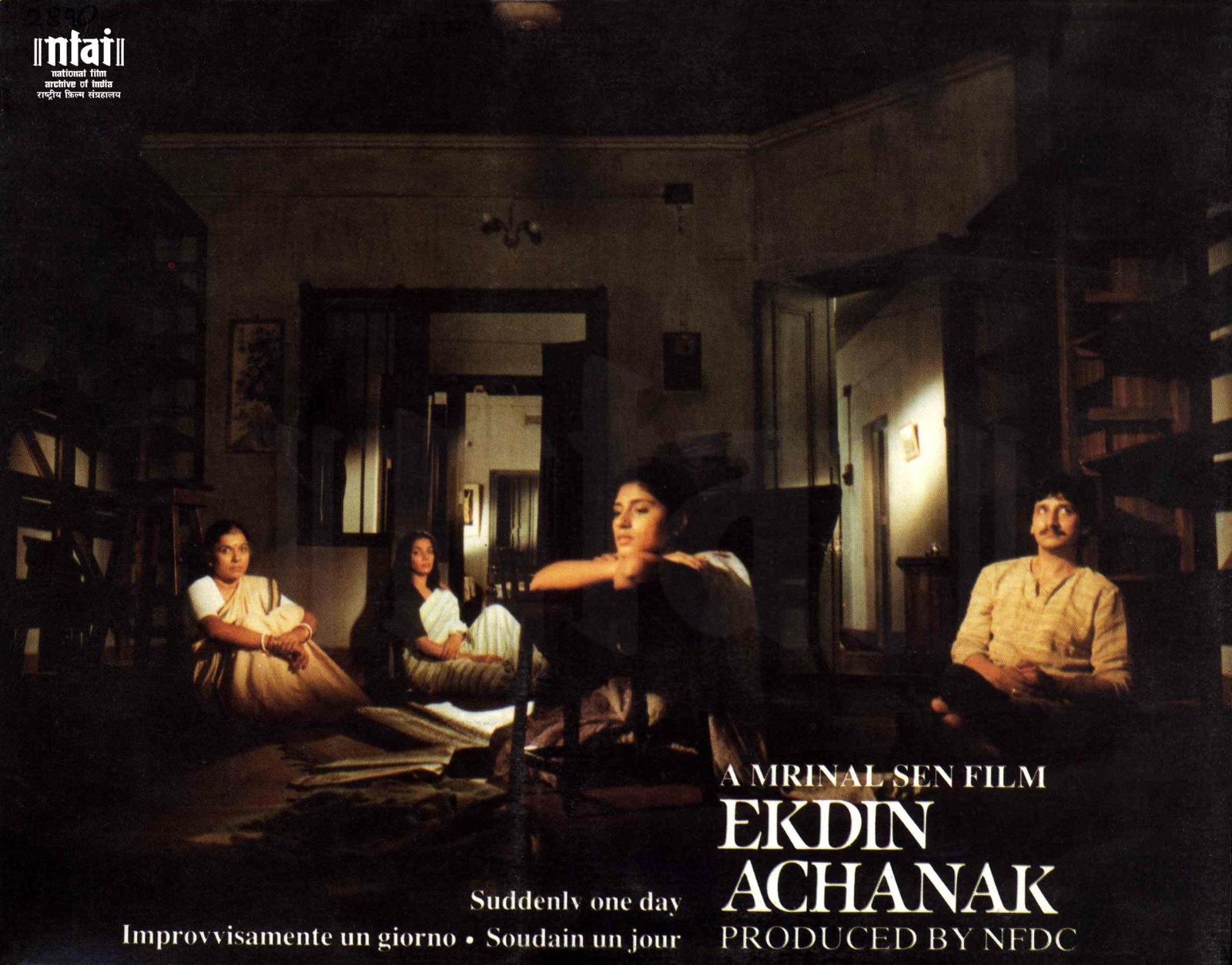
Life, in its own rhythm, regains equilibrium even in the absence of the esteemed professor. The library, once the professor’s exclusive domain, undergoes a transformation – the books finding new purpose as they are generously donated to the college. A year later, amidst a familiar storm, memories of Professor Shashank resurface, sparking introspection and self-critique within the family. Seema candidly addresses her father’s ego and pride, acknowledging the strain it had on their relationship. Amit, on the other hand, harbours a grudge against his father’s perceived neglect and lack of understanding. Neeta grapples with the reality that her father, once an idolized figure, was, in essence, an ordinary man yearning for a distinct name. She feels that the glories they attributed to his reading, writing and teaching were in vain. He wanted to be different. He could not do anything great. Could his disappearance be a self-imposed retirement, an acknowledgment of his own averageness?
We also hear the words of Professor quoted by his wife ‘the melancholy truth is that each person has but one life to live’. Neeta contemplates whether this sentiment echoes her father’s own. The family recognizes the imperative to rectify past errors, yet the cruel reality remains: life affords no second chances for amending those mistakes. The professor’s absence, a testament to this realisation, weighs most heavily on his wife, living a life steeped in sorrow without him. In their quest to alleviate this sorrow, they turn to a spiritual guide, seeking solace and answers. Yet, the efforts prove futile, highlighting the futility of attempting to fill the void left by Professor Shashank’s absence. The tale unravels, poignantly underscoring the complexities of human existence and the longing for understanding and redemption in the face of irrevocable loss.
The abrupt vanishing of Professor Shashank symbolises more than mere absence- it signifies a metaphorical death, leaving behind a gaping void. The philosophy of life that he professed, not only amplifies this absence but imbues a sense of futility, rendering a once-meaningful existence into a hollow semblance of what it used to be. It extends beyond the physical form, reaching into the realm of perceptions and beliefs. The pedestal of greatness Neeta had constructed in her mind crumbles, shattered by the gaping emptiness left in the professor’s wake. This impact is not confined to the family alone; it reverberates through everyone who had the privilege of crossing paths with the professor. The cause of the professor’s profound grief remains elusive, deliberately left open-ended by Mrinal Da.
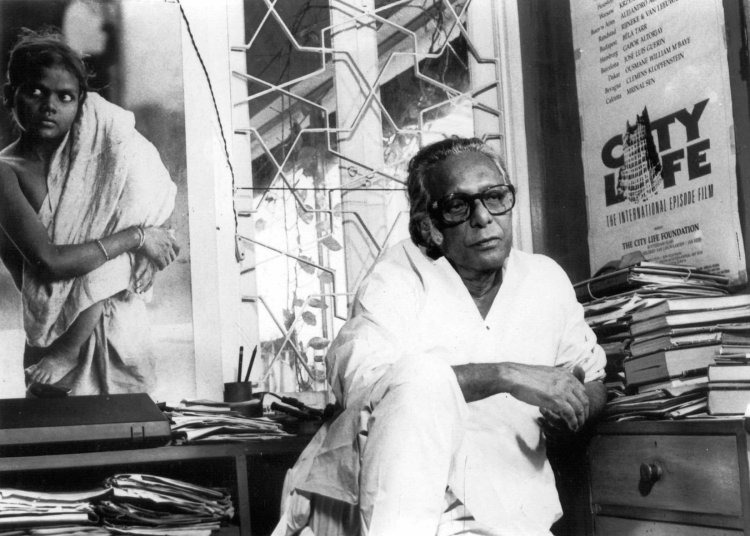
This deliberate ambiguity provokes contemplation, challenging the audience to ponder the enigmatic depths of human emotions and the intricacies of the human psyche. Around a year after this enigmatic departure, a fellow teacher casually talks about the possibility of the professor’s return, instilling a flicker of hope. Yet, the sentence remains unfinished, leaving it hanging, a stark reminder of unfulfilled expectations. The professor’s wife, grappling with the weight of her unending sorrow, is visibly unable to bear this hope, her expression a tapestry of emotions. Outside, nature mirrors this tumultuous internal landscape, as violent lightning pierces the sky and thunder roars, encapsulating the unresolved mystery and the persistent turbulence within.
Disappearance, a recurrent theme in Mrinal Da’s repertoire, finds a unique rendition in this film. Contrary to his other works marked by elements of violence, here the narrative steers clear of such aggression. Instead, it meticulously crafts an atmosphere of expectant anticipation, with accusations and counter-accusations held in abeyance, the air thick with the palpable absence of the family’s key player. The film deftly embraces the theme of a void, emptiness at the film’s core, devoid of any destructive undertones.
Mrinal Sen’s approach remains firmly grounded, refraining from glorifying the professor’s life and avoiding supernatural interventions. This pragmatic portrayal accentuates the gravity of the void, like an unanswered question that lingers, stretching its implications into the audience’s psyche. It serves as a reflective mirror, inviting viewers to link this cinematic void with their own life experiences. Interestingly, the film’s unresolved nature doesn’t disappoint the audience; rather, it prompts a continuous cycle of contemplation, mimicking life’s persistent questioning and seeking for meaning in the midst of unexplained phenomena. The film’s enigmatic closure, therefore, becomes a catalyst for perpetual questioning, a distinctive mark of Mrinal Sen’s storytelling prowess.
To receive updates on detailed analysis and in-depth interviews from The AIDEM, join our WhatsApp group. Click Here. To subscribe to us on YouTube, Click Here.



